Application of bimetallic materials in the corrosive environment of the coal chemical field
Oil and natural gas usually contain high content of H2S, CO2, chloride and other media, which together form a complex corrosive environment, resulting in severe corrosion failure of downhole oil and gas strings and pipelines. In petroleum refining production, H2S and CO2 in crude oil and HCl, HCN and NH3 generated during processing together form a corrosive environment, causing serious corrosion to equipment and pipelines. Bimetallic composites will resist
The good corrosion resistance of the corrosion alloy is organically combined with the excellent mechanical properties of the carbon steel. Austenitic stainless steel, dual-phase steel or nickel-based alloy materials can effectively prevent the corrosion of acidic media such as H2S, CO2 and Cl- in oil and gas.
Bimetallic materials can be divided into two categories: mechanical composite and metallurgical composite according to the combination process of the base layer and the cladding layer. The methods of mechanical compounding mainly include hydraulic compounding, rolling method and cold drawing method; metallurgical compounding mainly includes hot rolling compounding, explosive compounding and powder compounding. Mechanical cladding is mainly used for clad pipe processing, where thin-walled liner is sleeved into the base pipe
In the process, the liner is plastically deformed by hydraulic pressure, drawing and other processes, so as to realize the tight connection of the pipe interface. However, mechanical compounding belongs to non-diffusion bonding, the bonding force is small, and it is easy to fail due to delamination at high temperature, and it is usually only suitable for normal temperature conditions. Explosive composite is the main metallurgical composite method of composite plate materials. It uses the energy after the explosion of explosives to collide the coating with the base layer, so that physical and chemical processes occur on the contact surface, that is, metallurgical processes. For example, plastic deformation, melting, and interatomic diffusion of thin layers of metal on both sides of the contact surface, etc., different metals are combined in these metallurgical processes. Explosive composites have high bond strength and processability. The mechanical test results show that the comprehensive tensile strength of the bimetal is higher than the standard value of the highest tensile strength in the base material. During the shear test, the weaker side of the base material usually breaks. Under certain test conditions, the composite The bending angle of the steel plate can reach 180°. Therefore, the composite material will not be delaminated and cracked after subsequent cold and hot processing, such as rolling, stamping, forging, drawing, cutting, welding, heat treatment, etc. At present, the explosive composite processing technology is becoming more and more mature. NB/T47002 explosive composite steel plate for pressure vessels specifies the technical requirements, tests and inspections of stainless steel-steel, nickel-steel, titanium-steel composite plates, API-5LD corrosion-resistant cladding and lining pipes and GB/T35072 corrosion-resistant metal composite pipe fittings for petroleum and natural gas specifies the technical requirements for composite pipes and fittings made of clad plates. Considering that the design pressure and temperature of syngas and other media are high, and the diameter of the pipeline is larger than DN250, the pipeline is mainly used for the processing of composite pipes. The tube undergoes plastic deformation, so that the interface of the tube is tightly bonded.However, mechanical compounding is a non-diffusion bonding with small bonding force, which is easy to fail due to delamination at high temperature, and is usually only suitable for normal temperature conditions. Explosive compounding is the main metallurgical compounding method of clad plate materials. It uses the energy after the explosion of the explosive to collide the coating with the base layer, so that the physical and chemical processes occur on the contact surface, that is, the metallurgical process. For example, plastic deformation, melting, and interatomic diffusion of thin layers of metal on both sides of the contact surface, etc., different metals are combined in these metallurgical processes. Explosive composites have high bond strength and processability. The mechanical test results show that the comprehensive tensile strength of the bimetal is higher than the standard value of the highest tensile strength in the base material. During the shear test, the weaker side of the base material usually breaks. Under certain test conditions, the composite The bending angle of the steel plate can reach 180°.
Therefore, the composite material undergoes subsequent cold and hot processing, Such as rolling, stamping, forging, drawing, cutting, welding, heat treatment, etc. will not produce delamination and cracking. At present, the explosive composite processing technology is becoming more and more mature. NB/T47002 explosive composite steel plate for pressure vessels specifies the technical requirements, tests and inspections of stainless steel-steel, nickel-steel, titanium-steel composite plates, API-5LD corrosion-resistant cladding and lining pipes and GB/T35072 corrosion-resistant metal composite pipe fittings for petroleum and natural gas specifies the technical requirements for composite pipes and fittings made of clad plates. Considering that the design pressure and temperature of syngas and other media are high, and the diameter of the pipeline is larger than DN250, the pipeline and the pipe fittings are all butt welded connections. Once the pipeline is corroded and ruptured, there will be a large amount of toxic and flammable gas leakage. Therefore, the process of making pipes and fittings from exploding composite plates is adopted to ensure the performance of composite pipes and fittings. Process for making pipes and fittings to ensure the performance of composite pipes and fittings.
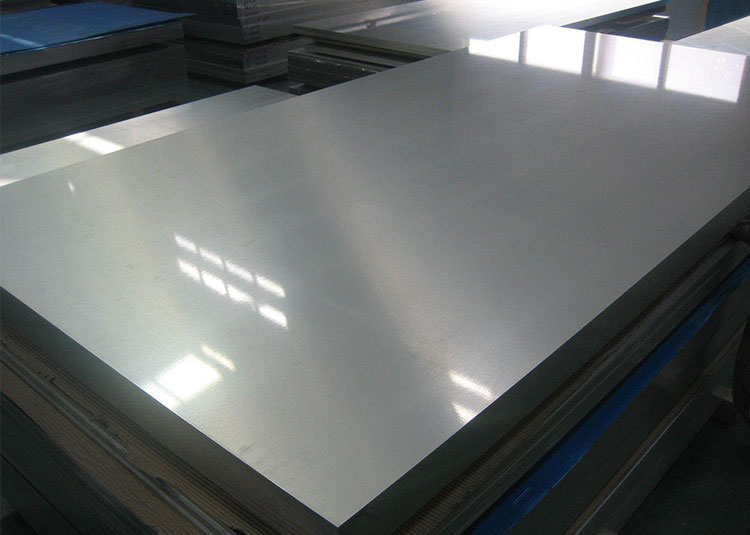
Aluminium Sheets
View Details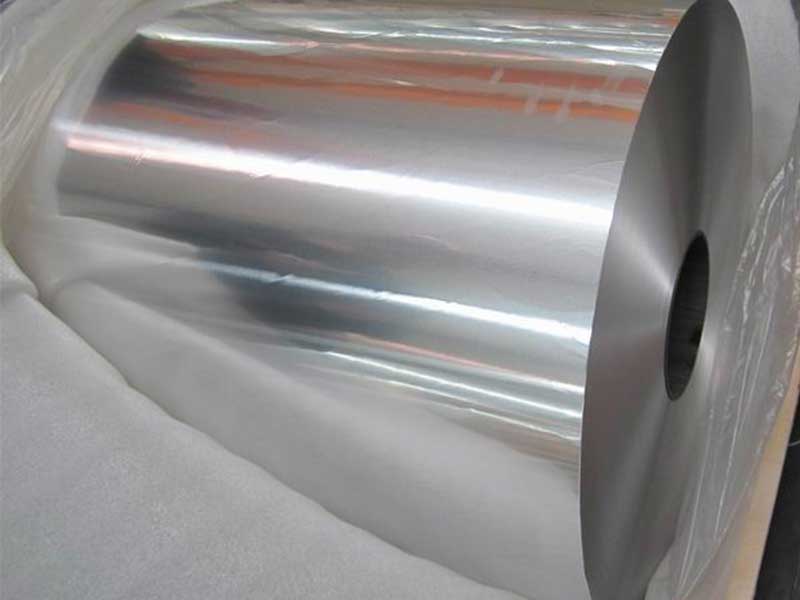
Aluminium Coils
View Details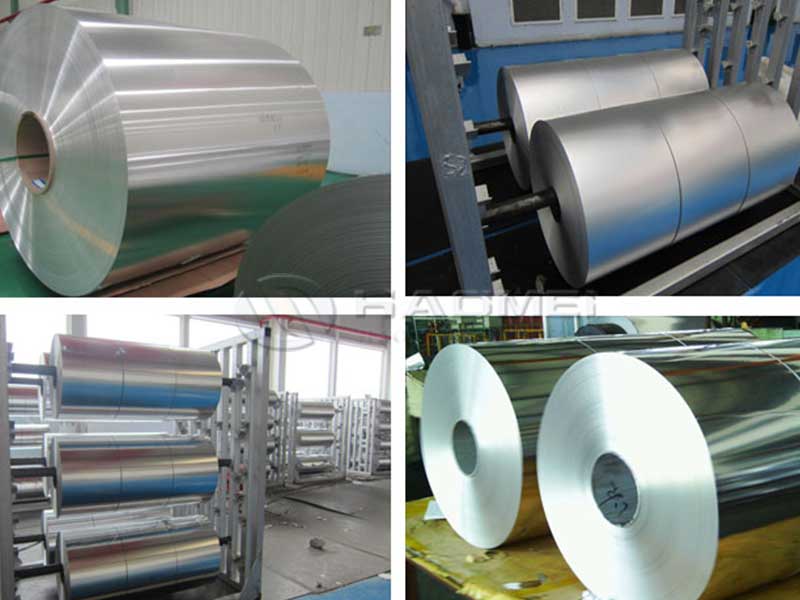
Aluminium Foils
View Details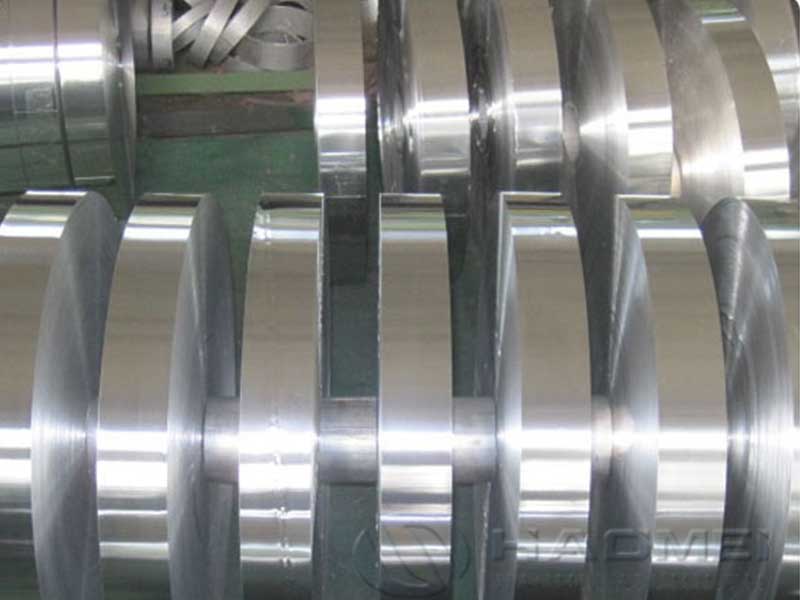
Aluminium Strips
View Details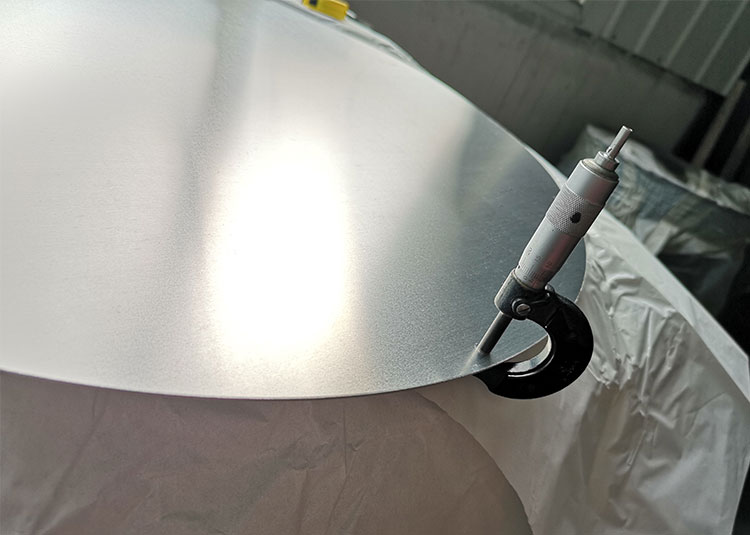
Aluminium Circles
View Details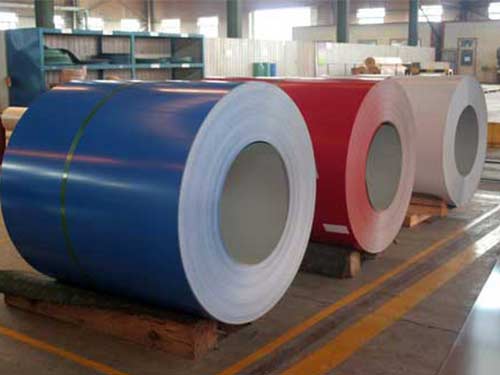
Coated Aluminium
View Details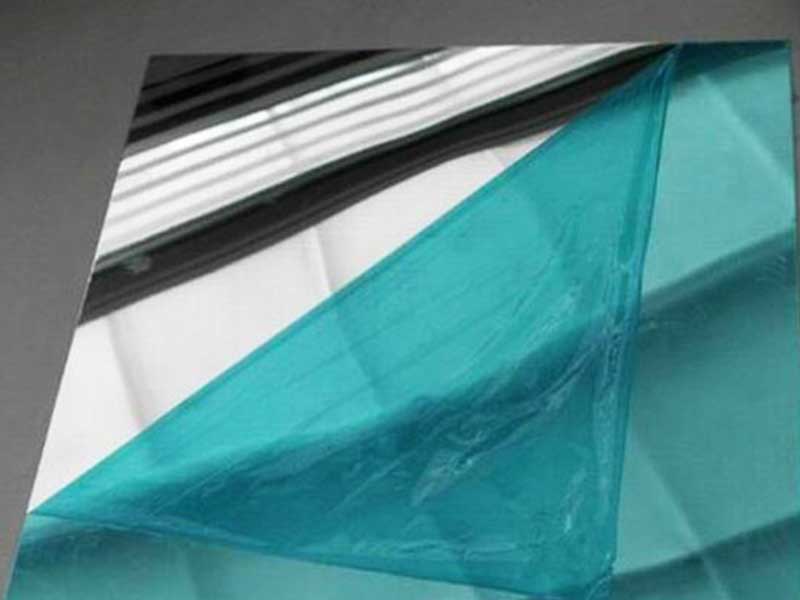
Mirror Aluminum
View Details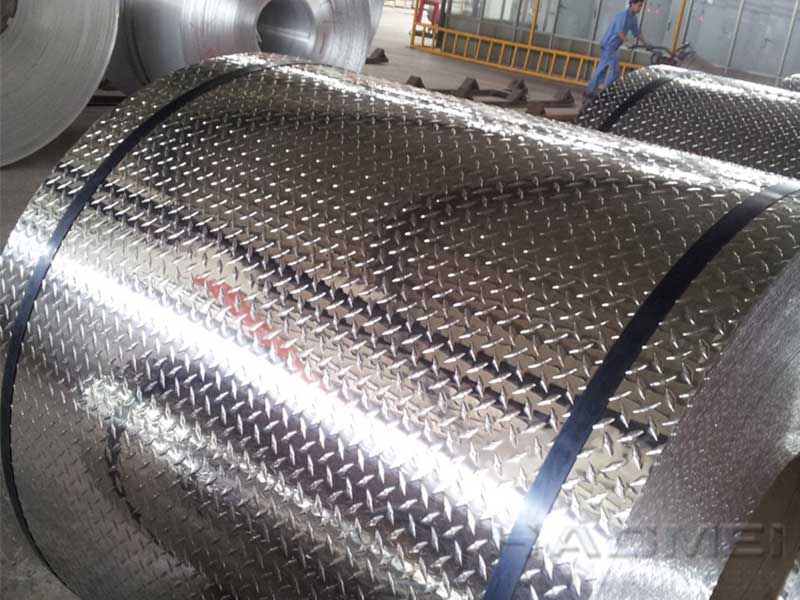
Stucco Embossed Aluminum
View DetailsAluminum
- Mirror Finish Coated Aluminium...
- Common knowledge of aluminum w...
- Aluminium Insulation Sheet wit...
- Advantages of aluminum alloy a...
- Anodized Aluminium Coil roll 5...
- Molded Graphite Blocks Carbon...
- Decoration Anodized Strip
- Mg sacrificial anode AZ63
- insulation jacketing material
- PS Base with Aluminum Fabricat...
- Decorative painting aluminum f...
- 3004 Anodized Circle
- 2A06 aluminum bar rod
- 1060 Aluminum Sheet
- Round Aluminium Mirror Black W...
- Bimetal clad plate for worm bl...
- 5083 Precision Aluminum Plate
- mirror anodized aluminum
- 1000 series Aluminum Sheet All...
- Main differences between 7075...